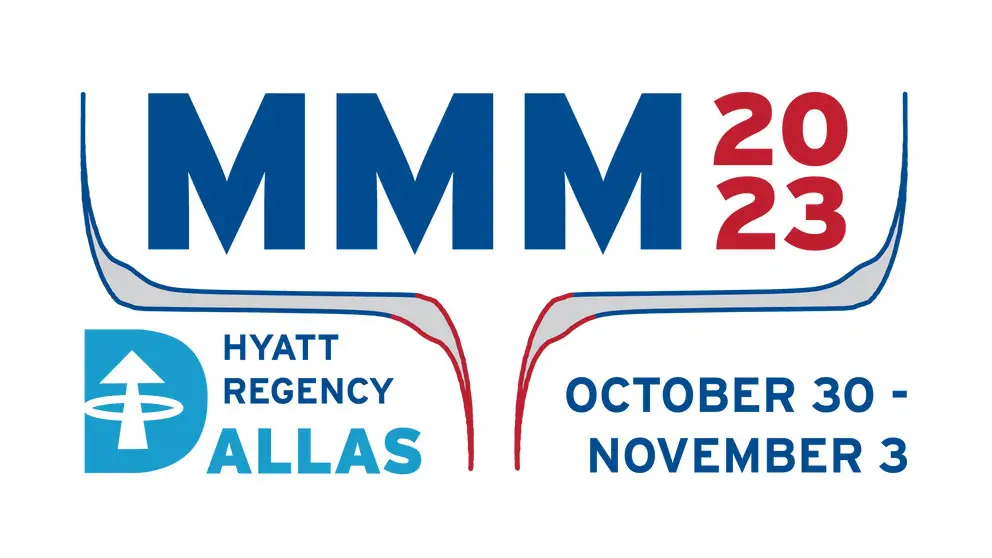FR-10: A study on the scalability of the self-assembled magnetic millirobot for minimally invasive medicine
Yonghun Lee, Seungwon Seo, Joonsang Lee, and Seungmun Jeon
Poster In-Person
22 Oct 2023
Small-scale magnetic robots that can access the internal organs of the human body in a minimally invasive manner, such as through medical syringes or natural openings, have been extensively investigated for various biomedical applications [1-4]. In previous work, we proposed a self-assembled magnetic millirobot (SAMM) capable of multimodal locomotion actuated by external magnetic fields [4]. The SAMM consists of serially connected multiple magnetic modules, and it can self-assemble into a circular chain from a linear chain due to the magnetic interactions among the modules. Thus, the SAMM can be inserted into a target area via a minimally invasive medical syringe. The self-assembled SAMM inside the area can then perform specific tasks, including cargo delivery and material removal (Fig. 1), actuated by external magnetic fields. After that, it can also be retrieved outside by the medical syringe. Generally, the desirable size and function of the SAMM may vary with respect to different target areas, such as the human body's ocular, vascular, and gastrointestinal regions. In this study, we proposed a design methodology that can yield proper SAMM geometric and magnetic properties for various applications. We investigated the geometric and magnetic scalability of the SAMM, taking into account various design variables, such as the allowable size of the invasion, the number of the SAMM's modules, the SAMM’s self-assembling strength, the strength of the magnets used for the modules, the size of the cargo the SAMM will deliver, the range of the magnetic field that an external electromagnetic coil system can generate, etc. As a result, we established various dimensionless variables of the SAMM that can be used to determine the SAMM’s geometric and magnetic properties straightforwardly, considering different target applications. We also constructed prototype SAMMs with different geometric and magnetic design parameters and demonstrated various controlled motions of the SAMM in a mockup of a gastrointestinal organ (Fig. 2).References: [1] M. Sitti, H. Ceylan, W. Hu, J. Giltinan, M. Turan, S. Yim, and E. Diller, “Biomedical Applications of Untethered Mobile Milli/Microrobots,” Proc. IEEE, vol. 103, no. 2, pp. 205-224, 2015. [2] S. Yim and M. Sitti, “SoftCubes: Stretchable and self-assembling three-dimensional soft modular matter,” Int. J. Rob. Res., vol. 33, no. 8, pp. 1083–1097, 2014. [3] H. Lee and S. Jeon, “An intravascular helical magnetic millirobot with a gripper mechanism performing object delivery and collecting motions actuated by precession rotating magnetic fields,” AIP Adv., vol. 11, pp. 025236, 2021. [4] S. Lee and S. Jeon, “A Study on the Self-Assembly and Disassembly Abilities of a Multi-Modular Magnetic Millirobot,” J. Instit. Cont., Rob. Sys.,” vol. 25, no. 3, pp. 235-240, 2019.


